Seams are critical points in any Stainless Steel Rain Gutter system, as they are potential sources of leakage if not properly sealed. Effective sealing ensures that water flows efficiently through the gutter system without escaping at joints, which could cause structural damage, corrosion, or foundation problems. Understanding the methods and materials used for seam sealing is essential for architects, installers, and homeowners who aim to maintain a reliable and durable rainwater management system.
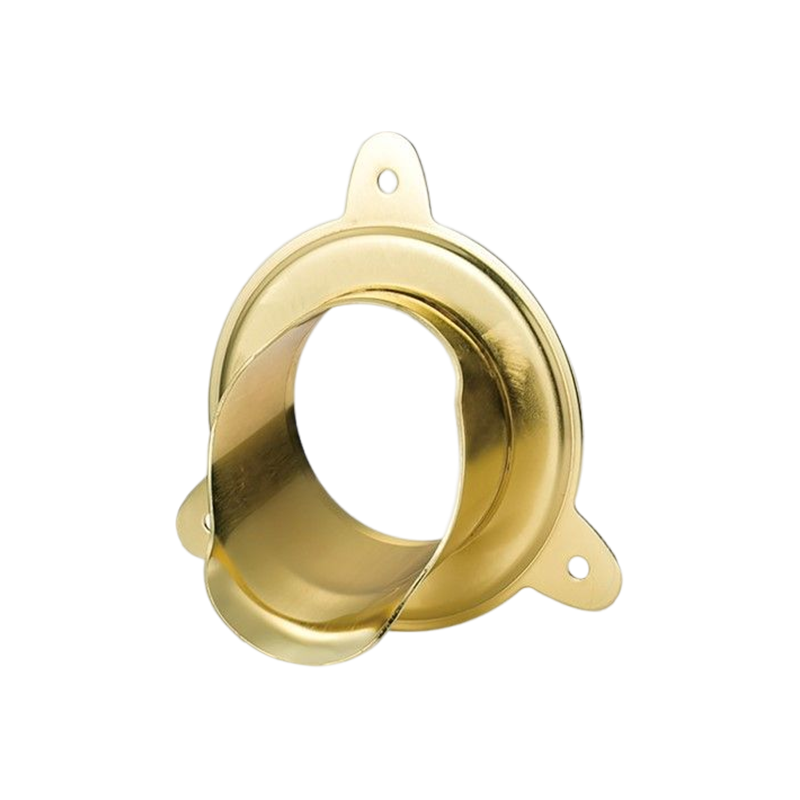
Types of Gutter Seams
- Mechanical Seams: These include folded or crimped joints where sections of the gutter are physically interlocked. Mechanical seams rely on precise fabrication and tight connections to decrease gaps.
- Butt Joints: Sections are aligned end-to-end and typically sealed with adhesives or sealants. These joints are more susceptible to leakage if the sealant deteriorates over time.
- Overlap Joints: One section overlaps another, often combined with a sealant or solder to prevent water ingress. Proper overlap length is crucial to reducing the risk of leaks during heavy rainfall.
Sealing Materials and Techniques
- Silicone Sealants: Highly flexible and water-resistant, silicone sealants can accommodate thermal expansion and contraction, maintaining a durable seal at the joint.
- Polyurethane Sealants: Known for strong adhesion and elasticity, these sealants are suitable for metal-to-metal connections and provide good resistance to weathering.
- Butyl Tapes: Pre-applied sealing tapes create a barrier against water penetration, especially in overlap or lap joints.
- Soldering or Welding: For permanent sealing, soldering or TIG welding ensures a seamless metal joint, ideal for high-durability installations.
Surface Preparation for Effective Sealing
- Cleanliness of the joint area is critical. Dirt, oxidation, or oil residues can prevent proper adhesion of sealants.
- Abrasion or light sanding may be applied to enhance surface bonding, particularly for silicone or polyurethane applications.
- Ensuring dry surfaces before applying sealants improves curing and long-term performance.
Installation Practices
- Apply sealants evenly along the seam, filling all gaps and voids to prevent water penetration.
- Use clamps or temporary fasteners to hold sections in place while the sealant cures.
- Ensure proper overlap length and alignment in mechanical or overlap joints to distribute stress evenly and reduce the risk of leakage.
- Avoid over-tightening fasteners, which can squeeze out sealant and compromise the joint.
Maintenance and Inspection
- Periodic inspection is necessary to detect early signs of sealant failure, cracking, or metal deformation.
- Reapply or replace sealant as needed, particularly in regions exposed to bad temperatures or UV radiation.
- Clear debris and sediment from seams, as accumulation can trap water and accelerate corrosion or sealant deterioration.
Environmental Considerations
- Thermal expansion and contraction in stainless steel can stress joints over time. Flexible sealants and proper joint design accommodate these movements.
- High rainfall intensity requires careful attention to seam overlap and sealant thickness to withstand hydrostatic pressure.
- Corrosive environments, such as coastal areas, demand corrosion-resistant sealants and high-grade stainless steel to maintain joint integrity.
Achieving Long-Term Seam Integrity
Ensuring the sealing of Stainless Steel Rain Gutter seams requires careful attention to joint type, material selection, surface preparation, and proper installation practices. Regular maintenance and inspection further enhance the durability and reliability of the gutter system. By implementing these strategies, leaks can be prevented, structural integrity preserved, and long-term functionality of the gutter system ensured, providing efficient and reliable rainwater management for the building.


 عربى
عربى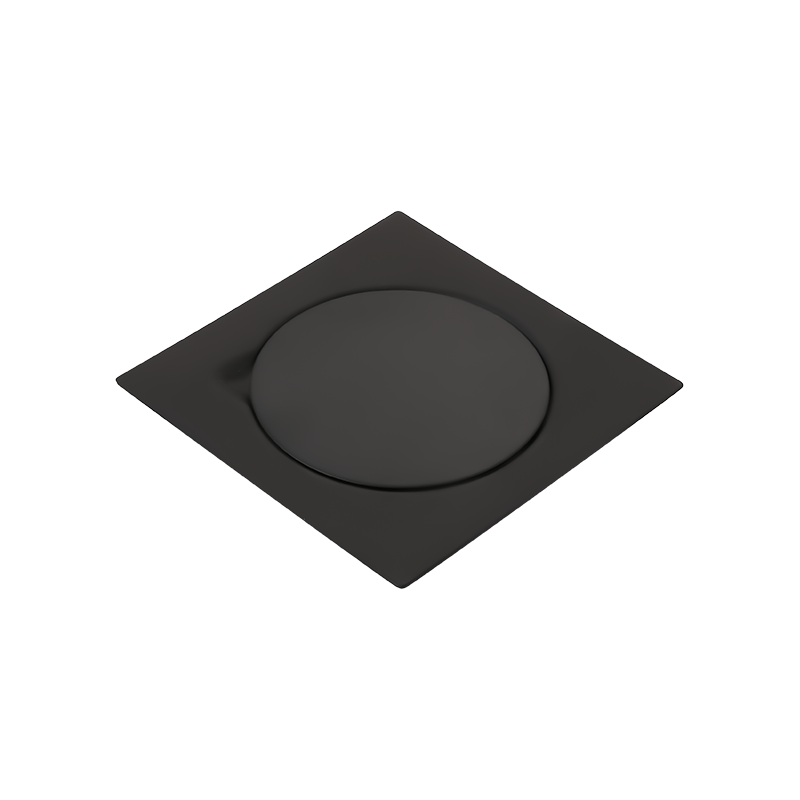
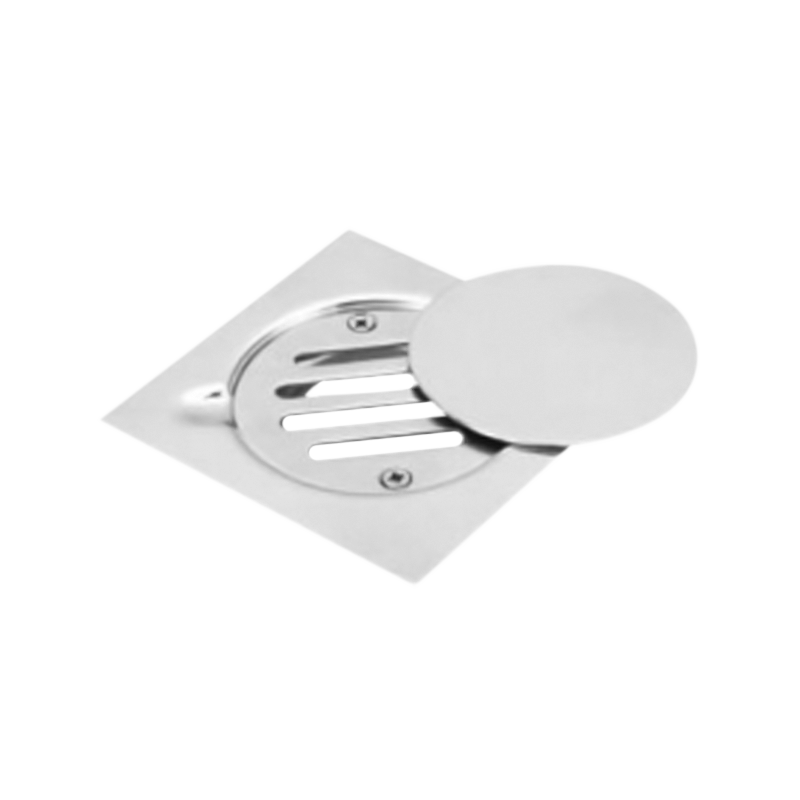
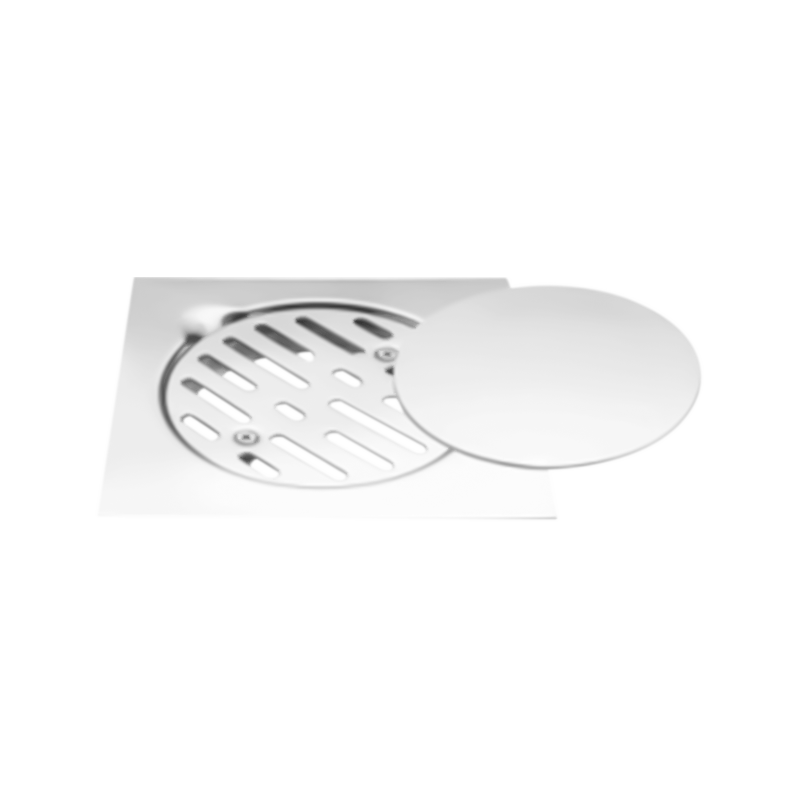
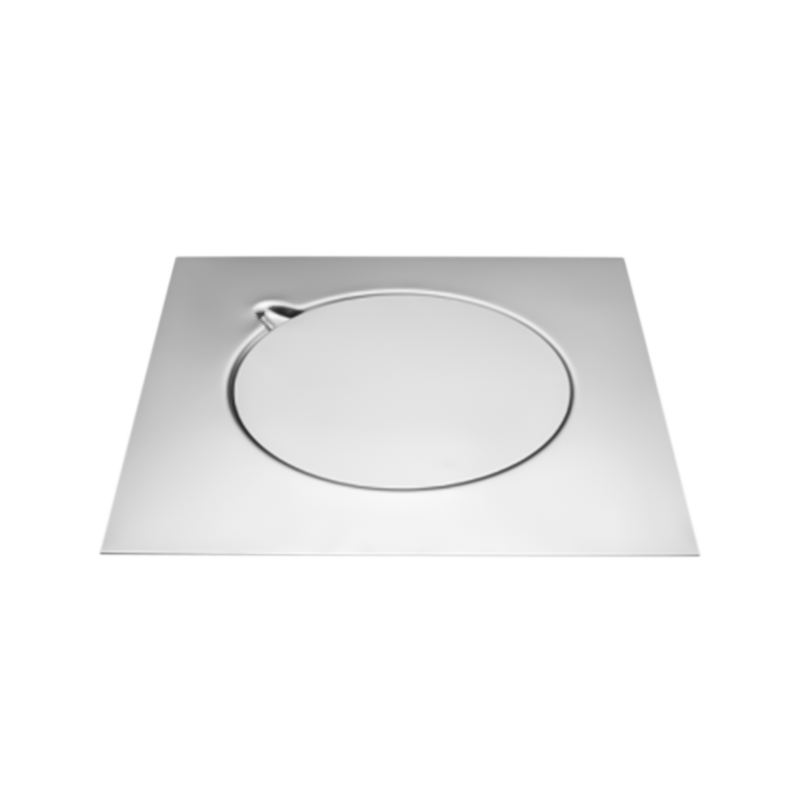
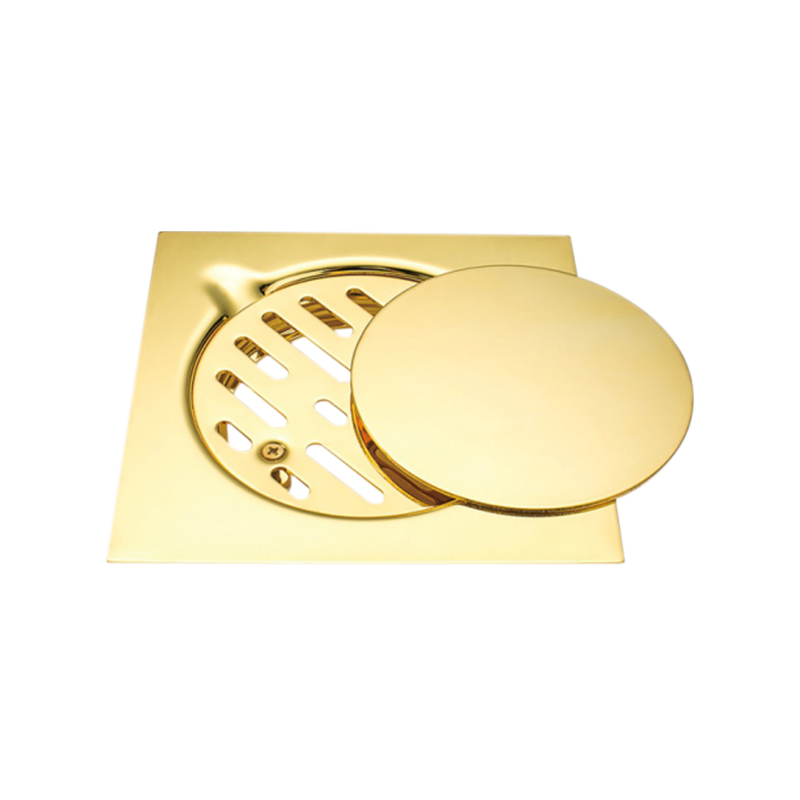
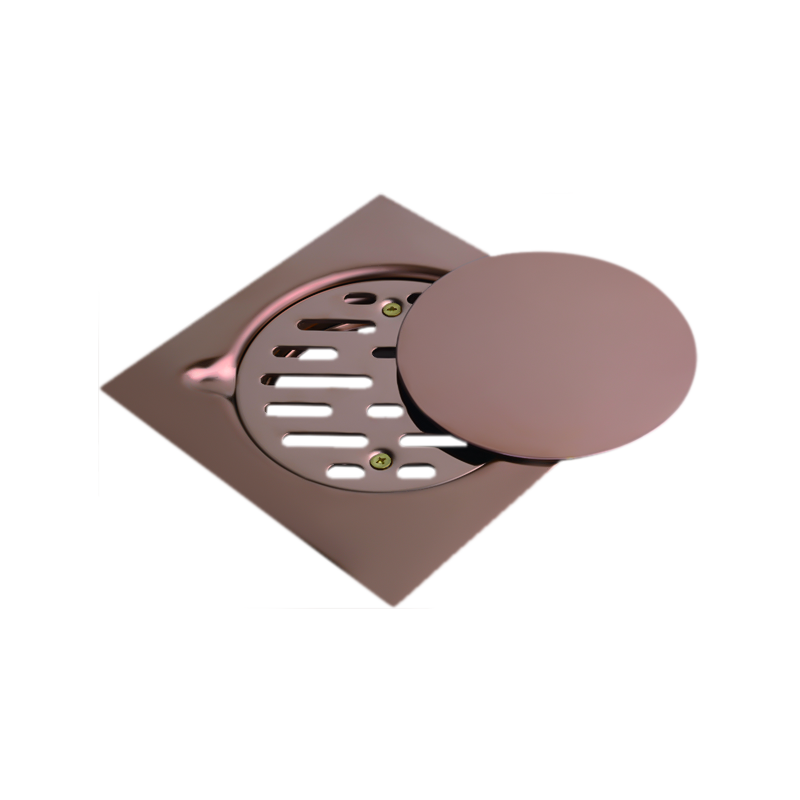
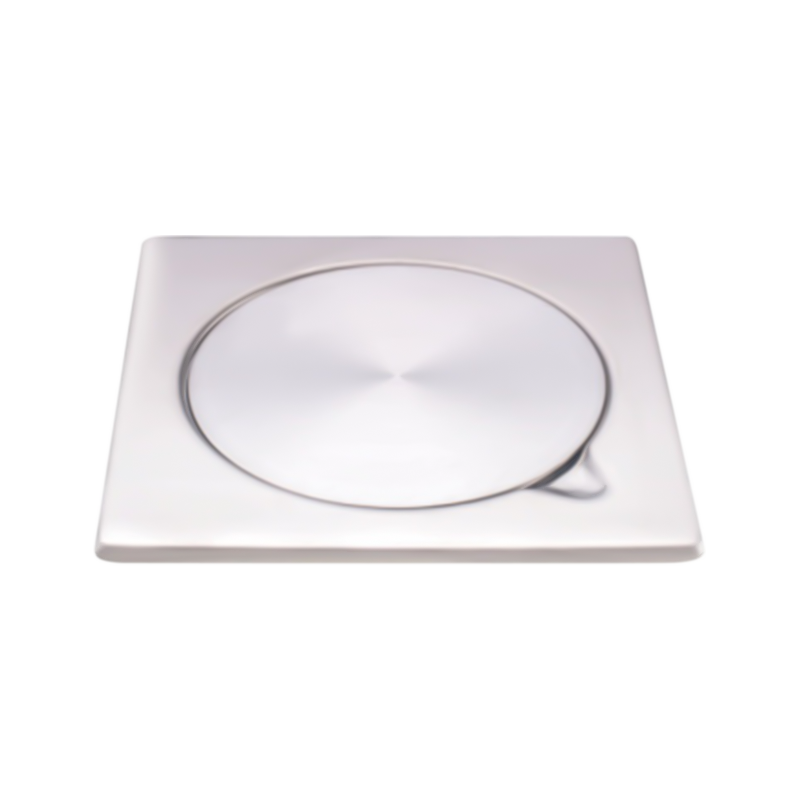
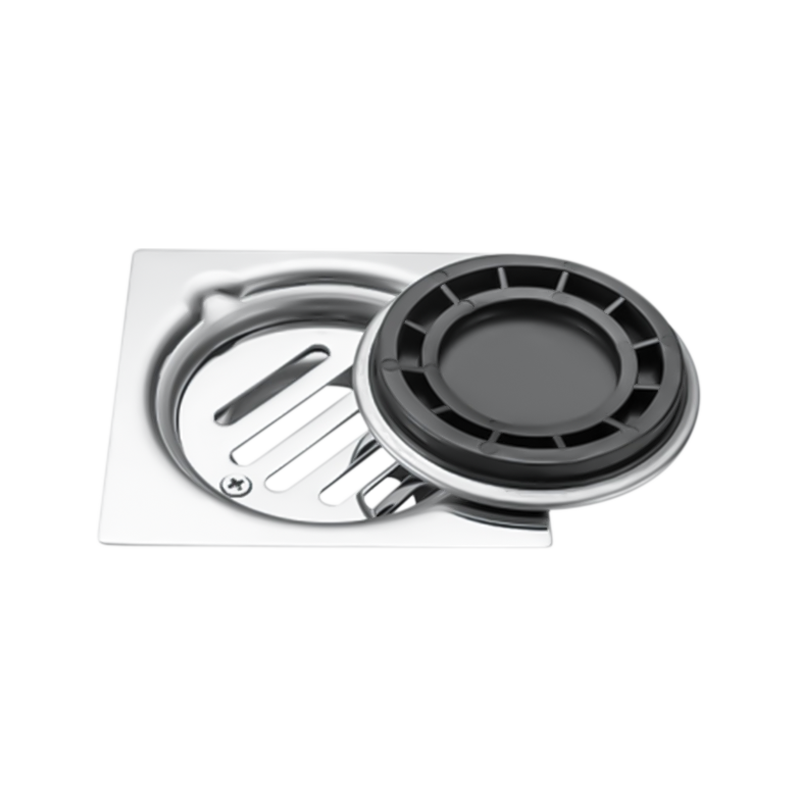

 Add: No 3 District Xiaowufen Industrial Zone, Pengjie Town, Luqiao District, Taizhou City, Zhejiang Province, China.
Add: No 3 District Xiaowufen Industrial Zone, Pengjie Town, Luqiao District, Taizhou City, Zhejiang Province, China. Tel: +86-576-89203599
Tel: +86-576-89203599 Fax: +86-576-89203598
Fax: +86-576-89203598 Email:
Email: 